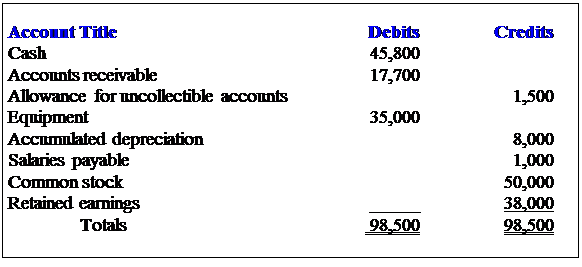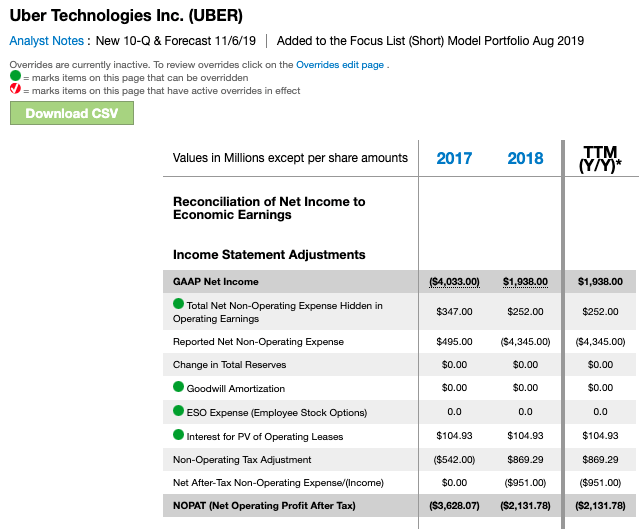Inventory Costs: Inventory Expenses Formula And Guide

One may further assume that the cost of the units sold is $2,900,000, which can be calculated as cost of goods available for sale minus ending inventory. The cost of goods sold could be verified by summing up the individual https://business-accounting.net/ cost for each unit sold. Accountants usually adopt the FIFO, LIFO, or Weighted-Average cost flow assumption. The actual physical flow of the inventory may or may not bear a resemblance to the adopted cost flow assumption.

Here’s a look at what differentiates the two types of costs and how they work in Thrive Inventory. We offer a broad range of products and premium services, includingprintand digital editions of the IFRS Foundation’s major works, and subscription options for all IFRS Accounting Standards and related documents. Every purchase contributes to the independence and funding of the IFRS Foundation and to its mission. We undertake various activities to support the consistent application of IFRS Standards, which includes implementation support for recently issued Standards. We do this because the quality of implementation and application of the Standards affects the benefits that investors receive from having a single set of global standards. We are an independent publishing company, unaffiliated with any e-commerce platform or provider.
Related IFRS Standards
Accounting theorists may argue that financial statement presentations are enhanced by LIFO because it matches recently incurred costs with Cost of Inventory the recently generated revenues. Others maintain that FIFO is better because recent costs are reported in inventory on the balance sheet.
Adidas warns dropping Kanye West could cost it more than $1 billion – NBC News
Adidas warns dropping Kanye West could cost it more than $1 billion.
Posted: Fri, 10 Feb 2023 20:59:27 GMT [source]
Inventoriable costs are those that are part of the total cost of a product. These costs include everything necessary to get items into inventory and ready for sale. For example, this can include raw materials, labor, manufacturing overhead, freight-in, certain administrative costs and storage. As you’re purchasing products from a supplier, you may run into a ‘buy one, get one free’ offer.
Stockout costs
A business can create its own raw materials or purchase them from other sources; most companies have a hybrid raw materials sourcing system. Chances are, if you are a small business owner, then your current inventory is lower than that of a medium-sized or enterprise company. Inventory also varies according to industry, which means a medical supplies business might have higher operational costs than a bakery. That’s because we had to include everything that is part of the inventory cost. Finally, finished goods are the final product commodities bought after applying manufacturing processes to raw materials and semi-finished goods.

Of the two choices for calculating your inventory costs, using a calculator continues to be the preferred method for most ecommerce retailers. Extensiv Order Manager’s inventory cost calculator has all the efficiency and ease you might need, while offering accurate, trusted results at the same time. With the help of Extensiv Order Manager’s calculator, you can simply enter your beginning and ending inventory numbers, plus the total spent on purchases during your designated time period. Then, within one or two clicks, you’ll have all that cost data right at your fingertips.
Existing Standards
But, at the same time, your stock shouldn’t be too scanty or fall short of customer demands. It is time consuming and costly for companies to physically count the items in inventory, determine their unit costs, and calculate the total cost in inventory. There may also be times when it is necessary to determine the cost of inventory that was destroyed by fire or stolen. To meet these problems, accountants often use the gross profit method for estimating the cost of a company’s ending inventory. The weighted average inventory costing method, also called the average cost inventory method, is one of the GAAP-compliant approaches companies use to value their business stock. This method calculates the per-unit cost using a weighted average for the cost of goods sold and the inventory.
- A business can create its own raw materials or purchase them from other sources; most companies have a hybrid raw materials sourcing system.
- Some inventory items may never be used or will be damaged while in storage, and so must be disposed of at a reduced price, or at no price at all.
- While previous sales data is often used when forecasting future sales, this data isn’t enough to make accurate predictions.
- If any of these grapes sell, then the company loses $0.69 a pound on them.
- But for the sake of simplicity, capture these costs in the fiscal year they occurred or preferably in the same month.
By 1997, margins on its PCs were as thin as a silicon wafer, and some product lines had not turned a profit since 1993. Price cuts made formerly insignificant costs critical—computer manufacturers simply could not stock up on components or any other inventory. Any excess at the end of a product’s short life had to be written off, further eroding margins. Adding to the pressure, constant technology advances made new products obsolete in as few as six months.
Inventory Valuation Adjustments and Estimates
These costs are related to the space required to hold inventory, the cost of the money needed to acquire inventory, and the risk of loss through inventory obsolescence. Most of these costs are also included in an overhead cost pool and allocated to the number of units produced in each period.



